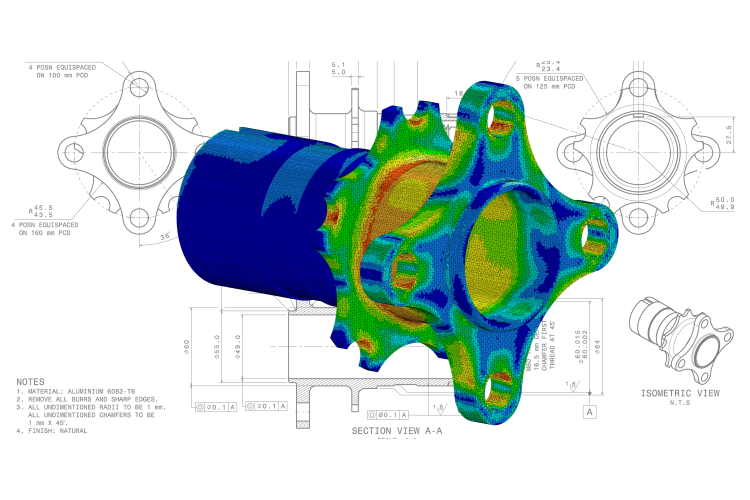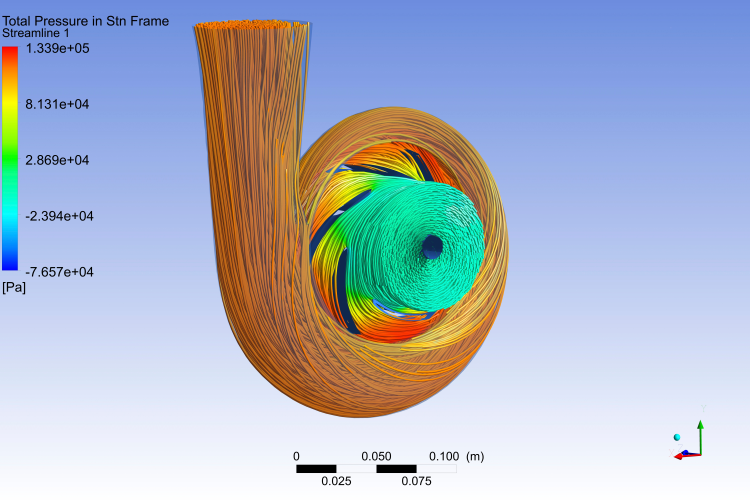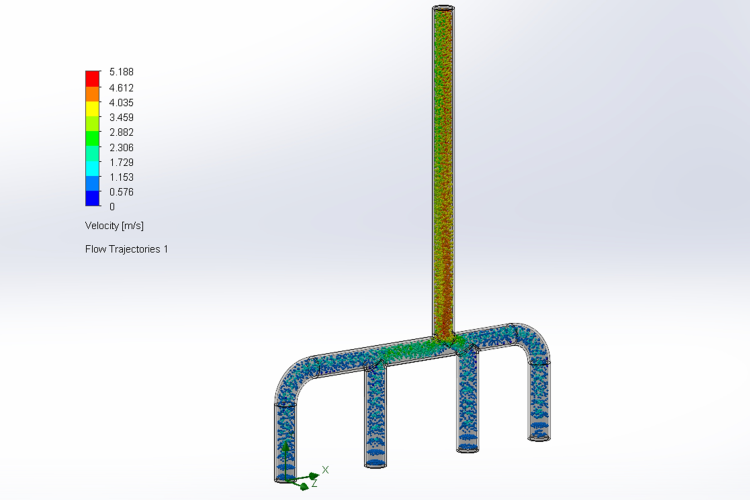
With a wealth of experience exceeding 10 years, APPL Global Infotech brings expertise in Finite Element Methods (FEA), Computational Fluid Dynamics (CFD), and Multibody System Dynamics (MBD) to the table. This extensive knowledge is at your service for the design, analysis, and enhancement of your products. Our strong emphasis on strength assessment includes proprietary software development.
True to our guiding principle of 'Innovation by Simulation,' we deliver premium engineering services across various domains, including mechanical engineering, plant engineering, traffic engineering, automotive engineering, aerospace engineering, polymer and composite engineering, civil engineering, medical engineering, and sports equipment technology.
Using the latest software technologies, we are able to shorten the timespan between the conception of a product idea and the production readiness considerably. Computer simulations serve as a virtual testbed and reduce the number of actual prototypes as well as the development time, reducing costs in both sectors.




